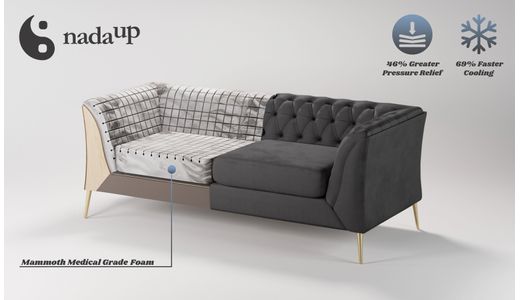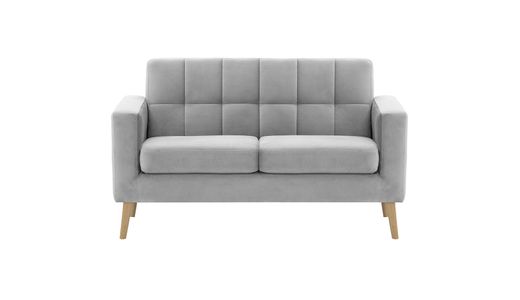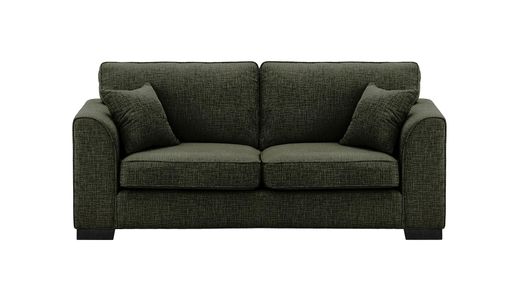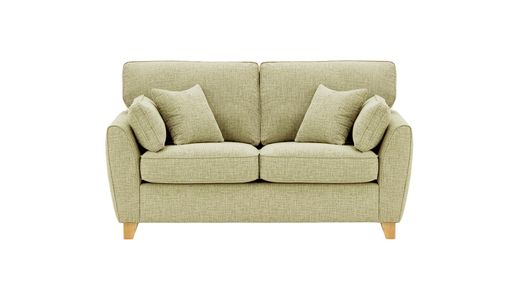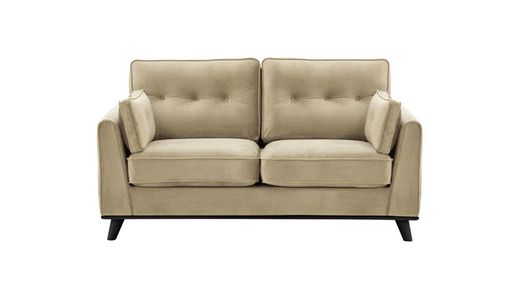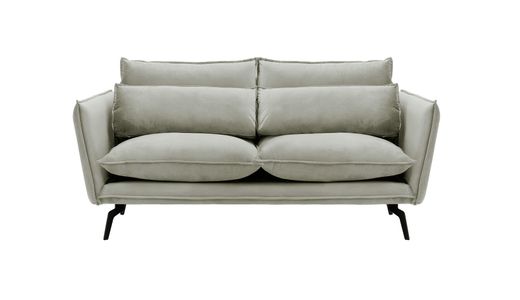
How to choose the height of a sofa correctly?
Choosing the right height for a sofa is a key element that affects the comfort and ergonomics of using this piece of furniture. The sofa is a focal point in many living rooms, so its height should be adapted to suit the needs of all members of the household. Here are some key aspects to consider when choosing a sofa height. The height of the people using the sofa has a direct impact on how comfortable the sofa will be. The seat height should be adapted to the height of the users in order to provide optimal support for their bodies and prevent discomfort.
Low height
People with a shorter height (less than 160 cm) often have problems with their feet touching the floor when sitting on a sofa with a standard height. For such people, sofas with a lower seat height, for example around 40 cm, will be better. This will allow their feet to rest comfortably on the floor for stability and comfort.
Average height
For people of average height (160-180 cm), a standard seat height of around 45 cm is usually adequate. This height allows for a natural positioning of the legs and hips, which is crucial for long-term comfort. In this case, the foot should touch the floor flat and the knees should form a right or slightly open angle.
Tall height
Tall people (over 180 cm) may experience discomfort when sitting on a sofa with a low seat, as their knees will be much higher than their hips. To avoid this situation, sofas with a higher seat, for example above 45 cm, are recommended for tall people. This will keep the knees and hips in line or the knees slightly lowered, which is more ergonomic and comfortable.
Additional aspects of height
Height also affects other elements of the sofa:
Seat depth: Taller people may prefer a deeper seat so that they can sit comfortably with full thigh support. Shorter people may need a shallower seat so that their legs do not hang in the air.
Backrest height: Tall people may need a higher backrest to provide adequate support for the back and neck. Conversely, a lower backrest may be sufficient for shorter people.
In summary, adjusting the height of the sofa to suit the height of the users is key to ensuring comfort and support. Each person has different needs, and choosing the right sofa should take these individual differences into account to ensure maximum comfort for all members of the household.
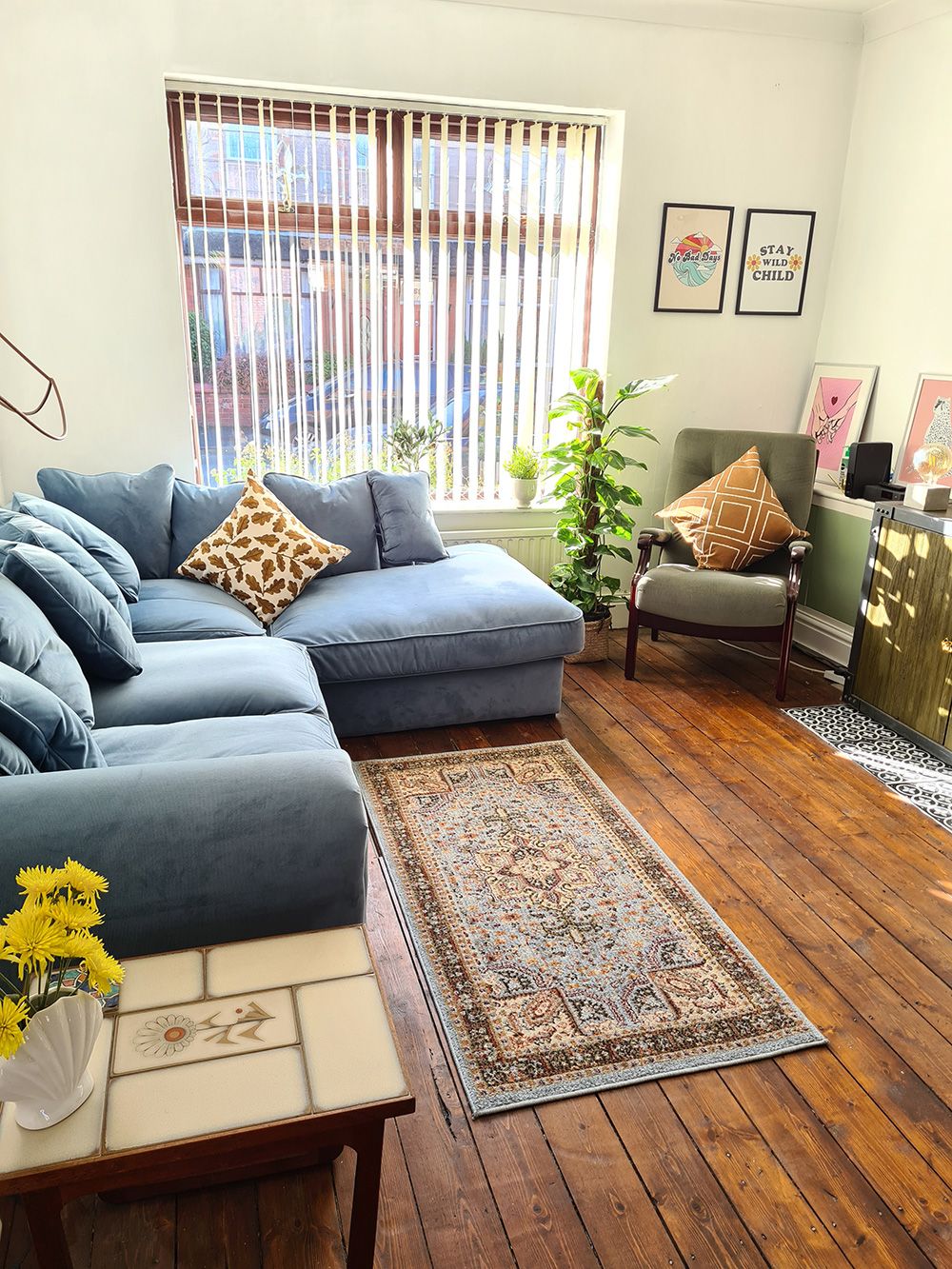
Ergonomics
Ergonomics is a key aspect to consider when choosing a sofa, as it affects the health and comfort of the users. A well-designed sofa should support the natural alignment of the body and minimise muscular tension. The main ergonomic elements to consider are discussed below.
Seat angle
The optimum seat angle is approximately 5-15 degrees. This angle allows for natural spinal alignment, which is important for the prevention of back pain. The inclination should be gentle enough not to cause the user to slide forward, but clear enough to support the lower back.
Seat depth
The seat depth should be approximately 50-60 cm. This is the optimum depth to provide adequate support for the thighs and allow the back to be supported comfortably. If the seat is too deep, people with shorter legs may find it difficult to touch the floor with their feet, which can cause tension in the lower back. A seat that is too shallow, on the other hand, may not provide enough support for the thighs.
Backrest height
The backrest of a sofa should be high enough to provide support for the whole back and, for taller people, also for the neck and head. Standard backrests are around 70-90 cm high, but for taller people it is worth considering higher backrests. An ergonomic backrest should also have a slightly rounded lumbar section to support the natural curvature of the spine.
Functionality
The functionality of a sofa is another important aspect to consider when choosing a sofa. Depending on the needs of the household members and the space available, the sofa can perform various additional functions.
Sofas with a sleeping function
Sofas that can be folded out for sleeping often have a higher seat so that the folding mechanism can work properly. It is worth paying attention to the ease of unfolding and the comfort of the mattress, as not all sofa beds provide adequate comfort for everyday sleeping. It is also important that such a sofa is stable and solidly made to last a long time. Check out our proposal for a sofa with a sleeping function - the Zeus Sofa.
Sofas with additional storage
Sofas with built-in storage are the perfect solution for small flats where every centimetre of space counts. The storage compartments can be located under the seat or in the armrests, offering extra space for storing bedding, cushions or other items. When choosing a sofa with a storage function, it is worth paying attention to the ease of access to the storage compartments and whether they negatively affect the comfort of the seat. Check out our suggestion for a sofa with extra storage - the Nimbus Sofa.
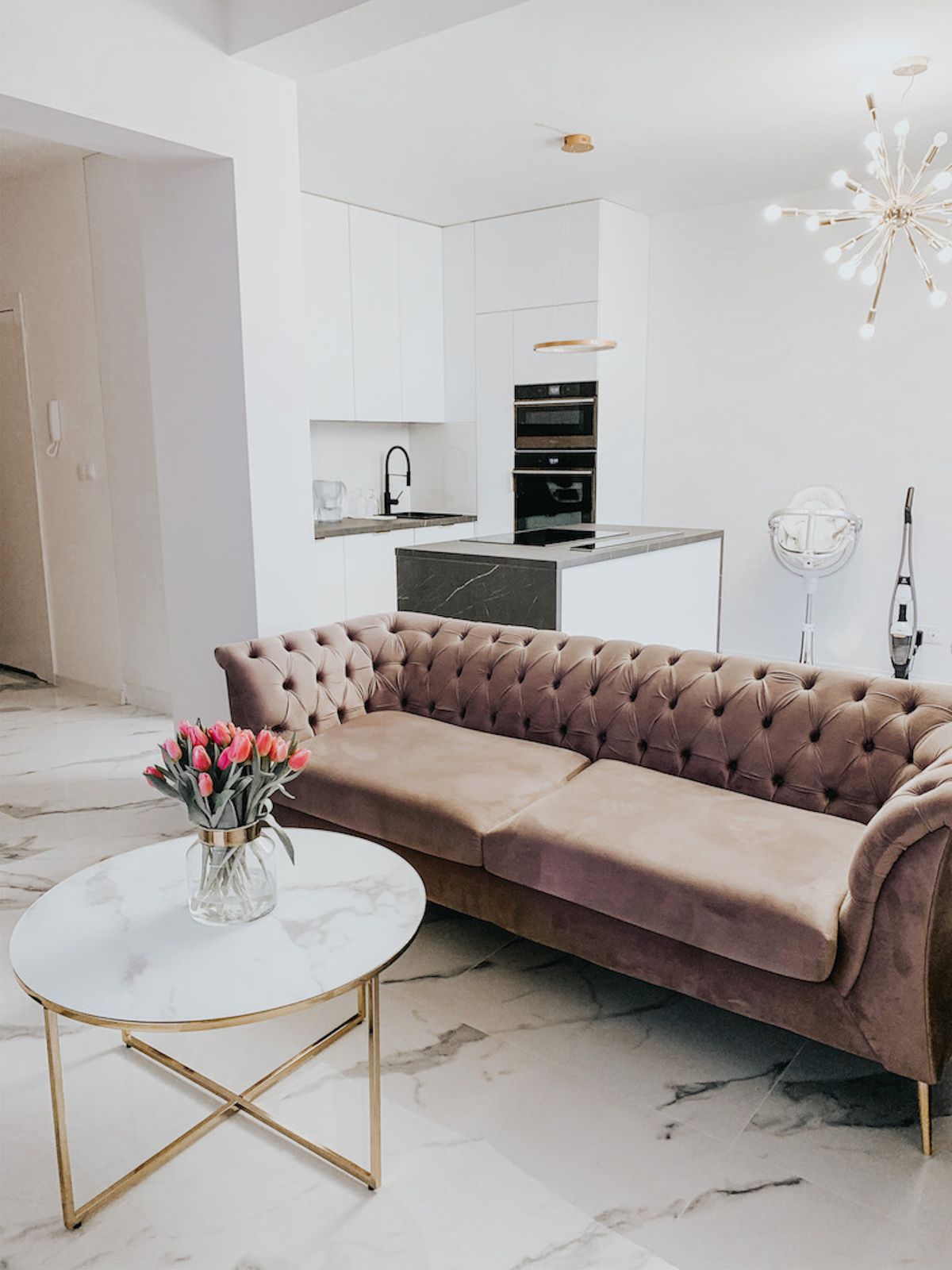
Style and aesthetics
The style and aesthetics of the sofa are important to the overall look of the interior. The sofa is often the focal point of the living room, so its appearance should harmonise with the rest of the décor.
Modern interiors
Modern interiors are dominated by simple lines, minimalism and lightness. Sofas with a lower height, often on slender legs, add lightness and elegance to the interior. The materials used in modern sofas are often leather, smooth-textured fabrics and metal elements. The colour scheme is usually subdued, with white, grey, black and neutral tones dominating.
Classic interiors
Classic interiors are dominated by sofas with a more traditional look, often with decorative details such as buttons, tassels or decorated legs. The height of such sofas is usually standard, and their design alludes to elegance and homely warmth. Materials are often richly textured fabrics such as velour, and the colour scheme includes deep shades such as maroon, green, navy or beige.
Testing before you buy
The best way to choose the right sofa height is to test it out. It's worth trying out the sofa in person to make sure it meets all our expectations in terms of comfort and functionality.
Sit on the sofa
When testing the sofa, sit on it to check that your feet are comfortably touching the floor and that your back has adequate support. Pay attention to whether the seat is comfortable and whether it is neither too hard nor too soft.
Check comfort
Make sure the seat is neither too deep nor too shallow. When sitting on the sofa, you should feel that your back is well supported and your thighs are fully resting on the seat. It is also important to check that the backrest is properly contoured and supports the natural curvature of the spine.
Simulate everyday use
Perform some typical movements, such as standing up and sitting down, to make sure the sofa is comfortable and easy to use. Check how the reclining mechanism works (if the sofa is reclining), and whether the storage compartments (if any) are easily accessible.
In conclusion, choosing the right height for a sofa depends on many factors, such as the height of the users, ergonomic principles, the functionality of the furniture and the style of the interior. It is worth paying attention to all these aspects in order to choose a sofa that is comfortable and aesthetically pleasing to our home.
